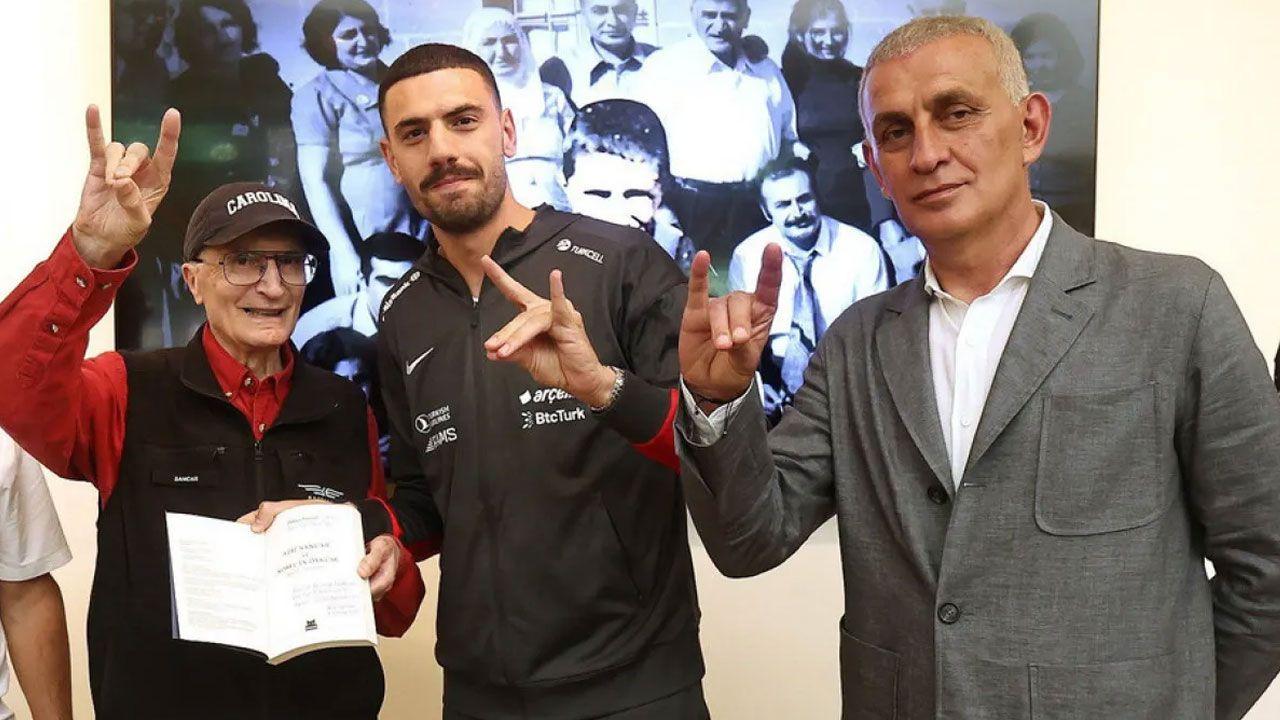
As part of their 2026 FIFA World Cup preparations in the United States, Türkiye’s national football team and Turkish Football Federation (TFF) President Ibrahim Haciosmanoglu visited Nobel Chemistry Prize-winning scientist Aziz Sancar in Chapel Hill, North Carolina.
According to a statement released by the TFF, the delegation was received at the Aziz Sancar Cultural Center, where Sancar and center chairman Ismail Arslan provided an overview of the center’s mission. The visit included officials such as TFF General Secretary Abdullah Ayaz and Türkiye’s Consul General in Miami, Resul Sahinol, alongside national team players Kaan Ayhan, Caglar Soyuncu, Merih Demiral, and Irfan Can Kahveci.
At the end of the visit, Haciosmanoglu presented Sancar with gifts, including a national team jersey featuring his name and another shirt signed by the full squad. In return, Sancar gifted the team signed copies of his biography and expressed his excitement to attend Türkiye’s upcoming match against Mexico.
However, one photograph from the visit quickly went viral. In it, Merih Demiral and Aziz Sancar are seen making the "gray wolf" hand gesture — a traditional Turkic symbol associated with national identity, mythology, and heritage.
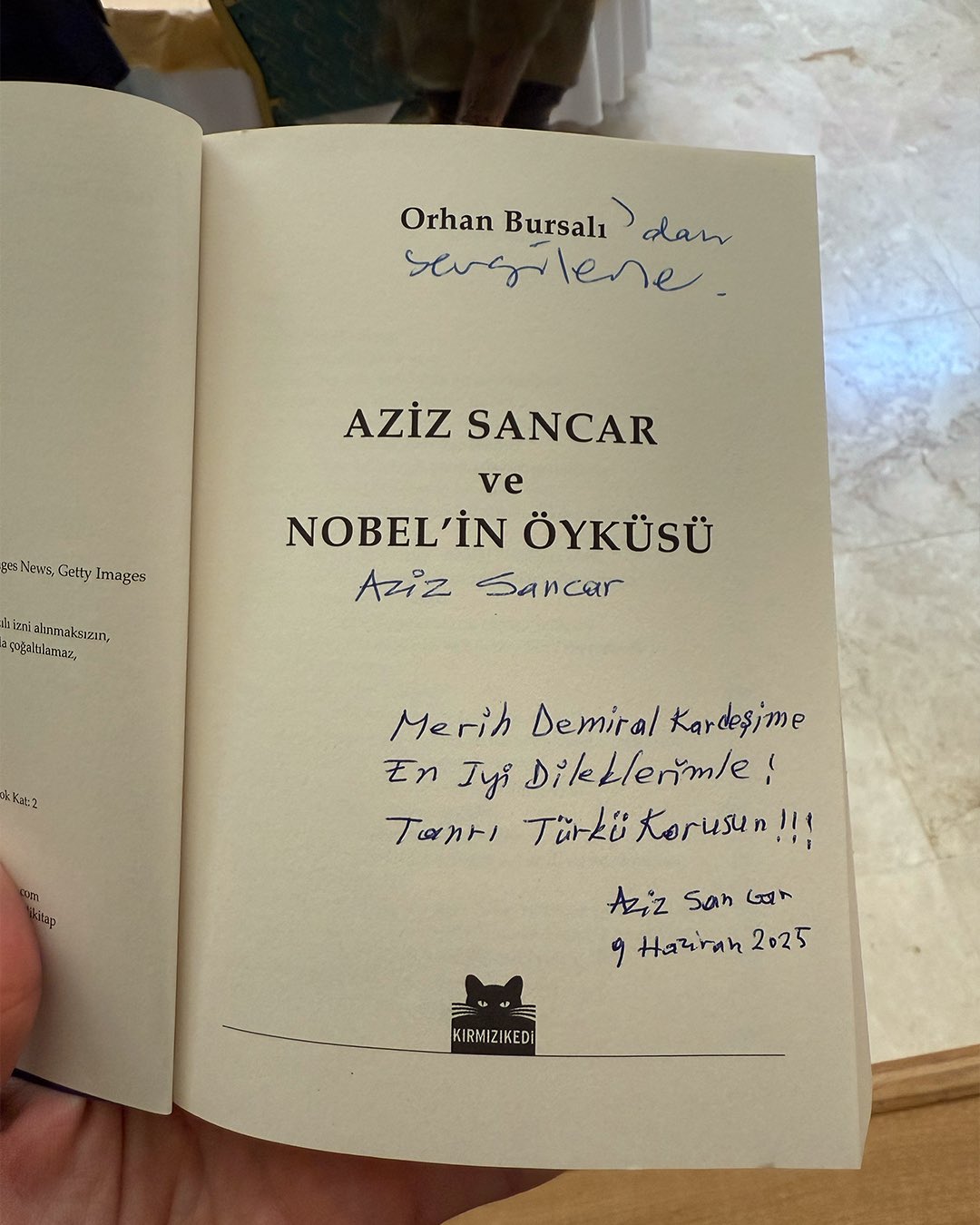
"A Turkish mind born in Anatolia that lights up the world," Demiral wrote in his caption. "Meeting Prof. Dr. Aziz Sancar and receiving his signed book was one of the proudest moments of my life."
Aziz Sancar signed Orhan Bursali’s book The Story of Aziz Sancar and the Nobel with note reading 'May God protect Turks' during Turkiye national team visit in Chapel Hill.
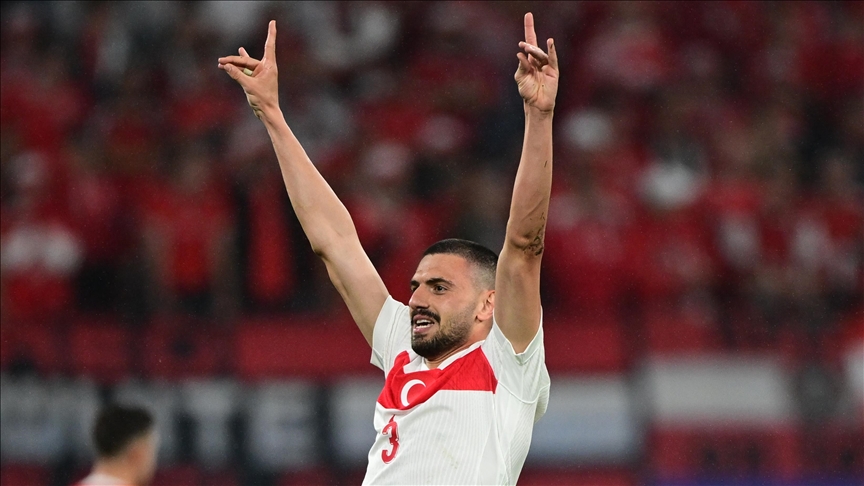
The cultural gesture — known as the "bozkurt" or gray wolf salute — became further politicized following UEFA’s decision to investigate Demiral’s celebration during Türkiye’s Euro 2024 Round of 16 match against Austria. The investigation, based on Article 31(4) of UEFA’s Disciplinary Regulations, cited “inappropriate behavior” for his use of the salute after scoring his second goal in the July 2 match in Leipzig, Germany.
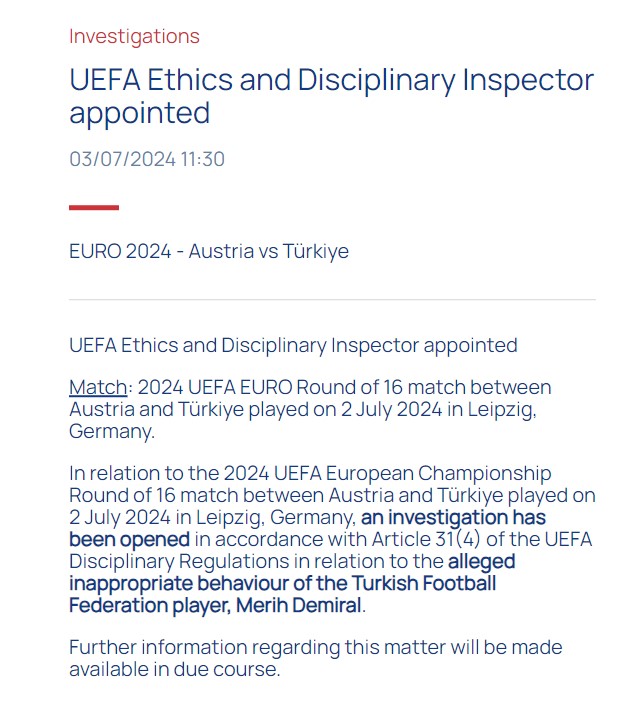
The decision has sparked a wave of criticism, with many accusing UEFA of double standards. Critics compared Demiral’s treatment with that of England’s Jude Bellingham, who allegedly made a lewd gesture in a prior match but did not face suspension.
Observers have described the situation as a clear example of “inequality and a lack of meritocracy” in European football governance.
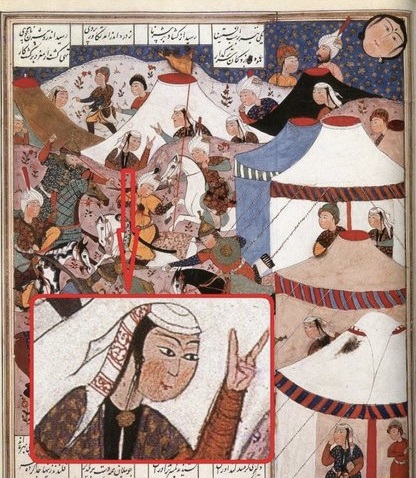
Rooted in ancient Turkic mythology, the gray wolf — or bozkurt — is a symbol of freedom, resilience, and guidance. The wolf features prominently in epics such as Ergenekon and Oguz Kagan, where it often leads people to salvation in times of crisis. While some political groups have also used the symbol, many continue to view it as a cultural rather than political gesture.
That broader view was reflected in neighboring Iran during the recent presidential election. Turkish-origin candidate Masoud Pezeshkian was welcomed by cheering crowds making the gray wolf salute — a show of ethnic and cultural solidarity. Following his election victory, similar celebratory scenes featuring the salute were reported. Local sources emphasized that the gesture was used not as a political statement, but as a cross-border symbol of shared Turkic identity.

The gray wolf gesture has appeared across generations and regions — from ancient Turkic epics to early Republican emblems in Türkiye, to modern football stadiums in Iran and Kazakhstan. During Euro 2024, Iran’s Tractor FC fans, known as the "Red Wolves," were also seen using the salute at matches.
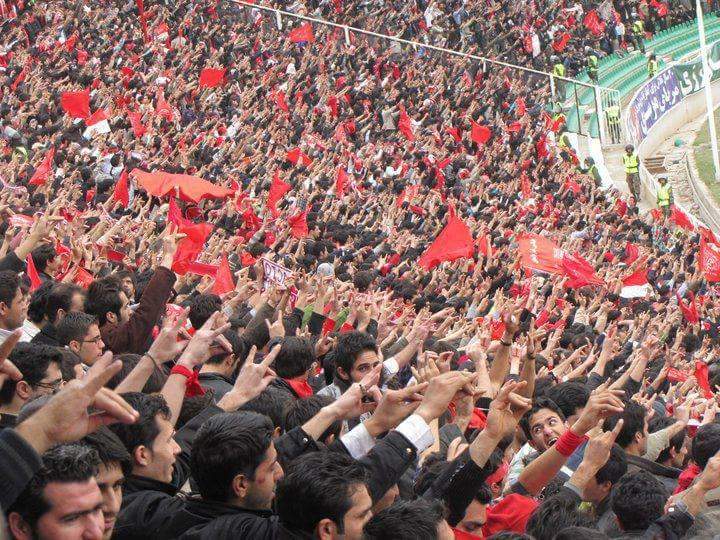
In Roman mythology, a parallel exists in the legend of Romulus and Remus, where the she-wolf Lupa saves the founders of Rome — symbolizing protection and destiny. Today, Lupa appears on the AS Roma football club crest and Italian national symbolism, much like the gray wolf remains sacred in Turkic culture.